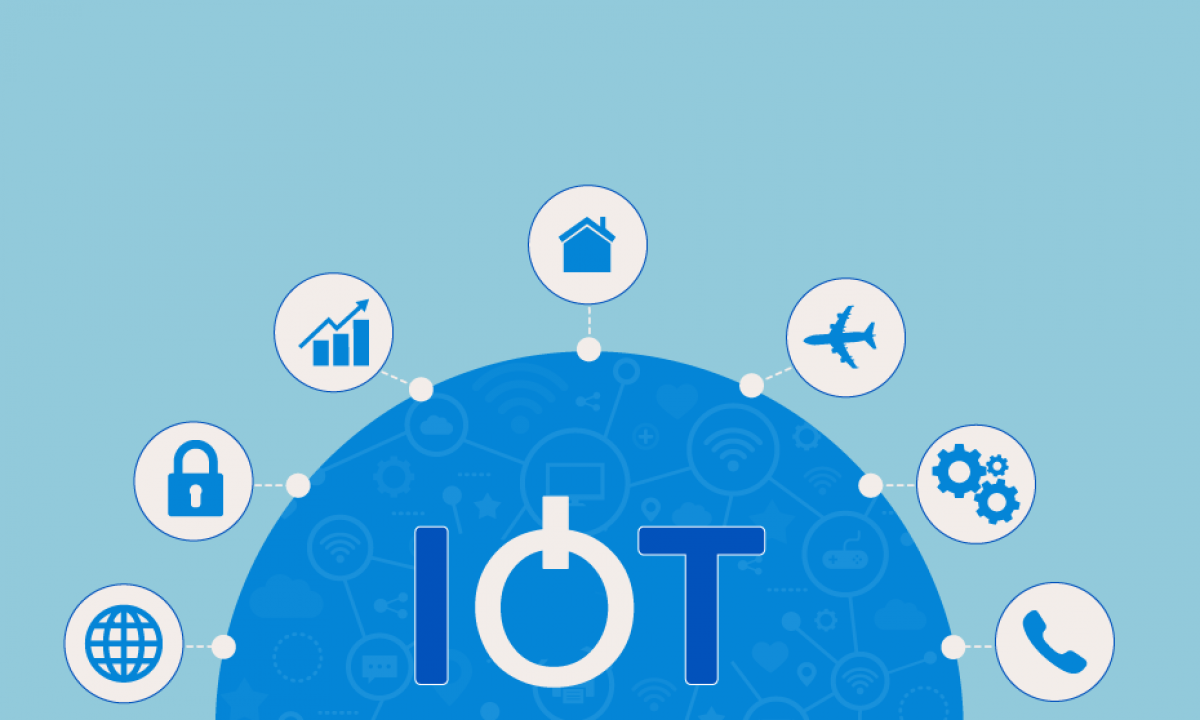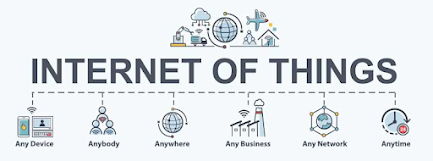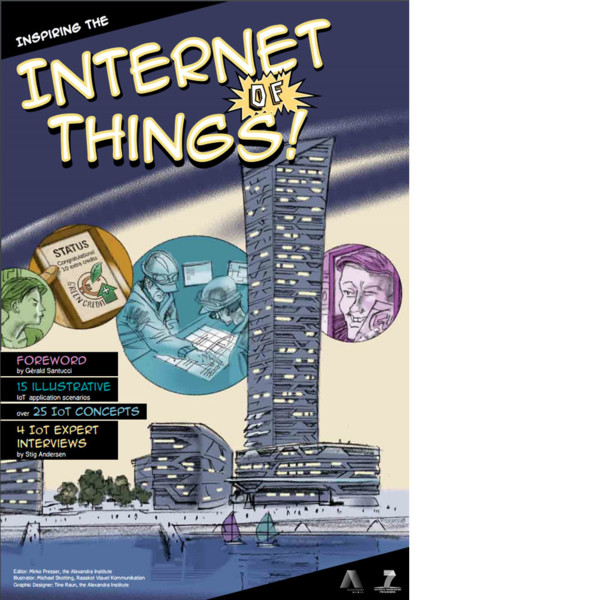The healthcare industry is in a state of great despair. Healthcare services are costlier than ever, the global population is ageing and the number of chronic diseases is on a rise.
Remote health monitoring monitoring via connected devices can save lives in event of a medical emergency like heart failure, diabetes, asthma attacks, etc.
With real-time monitoring of the health condition in place by means of a smart medical device connected to a smartphone app, connected medical devices can collect medical and other required health data and use the data connection of the smartphone to transfer collected information to a physician or to a cloud platform.
Center of Connected Health Policy conducted a study that indicates that there was a 50% reduction in 30-day readmission rate because of remote patient monitoring on heart failure patients.
The IoT device collects and transfers health data: blood pressure, oxygen and blood sugar levels, weight, and ECGs.
These data are stored in the cloud and can be shared with an authorized person, who could be a physician, your insurance company, a participating health firm or an external consultant, to allow them to look at the collected data regardless of their place, time, or device.
End-to-end connectivity and affordability
IoT can automate patient care workflow with the help healthcare mobility solution and other new IoT technologies, and next-gen healthcare facilities.
IoT in healthcare enables interoperability, artificial intelligence machine-to-machine communication, information exchange, and data movement that makes healthcare service delivery effective.
Connectivity protocols: Bluetooth LE, Wi-Fi, Z-wave, ZigBee, and other modern protocols, healthcare personnel can change the way they spot illness and ailments in patients and can also innovate revolutionary ways of treating across different healthcare fields.
Consequently, technology-driven setup brings down the healthcare cost, by cutting down unnecessary visits, utilizing better quality resources, and improving the allocation and planning.
Data assortment and analysis
Vast amount of data that a healthcare device sends in a very short time owing to their real-time application is hard to store and manage if the access to cloud is unavailable.
Even for healthcare professionals to acquire data originating from multiple devices and sources and analyze it manually is a tough bet.
IoT devices can collect, report and analyses the real time information and cut the need to store the raw data.
This all can happen overcloud with the providers only getting access to final reports with graphs.
Moreover, healthcare operations allow organizations to get vital healthcare analytics and data-driven insights which speed up decision-making and is less prone to errors.
Healthcare charting
IoT devices such as Audemix reduce much manual work which a doctor has to do during patient charting.
It is powered by voice commands and captures the patient’s data.
It makes the patient’s data readily accessible for review. It saves around doctors’ work by 15 hours per week.
Insulin Pens and Smart CGM
These devices are used for the real time monitoring of blood glucose levels and data sharing over a dedicated mobile app. Patients with diabetes can use these devices to track their glucose levels and even send this data to their doctor and the relevant medical staff.
Ingestible Sensors
Medical sensors help the patients to swallow the prescribed medication via a tiny digestible medical sensor that sends a small signal to a wearable receiver on the patient, which sends data to a dedicated smartphone app.
visit our website:
Abstract Submission: https://x-i.me/sacon
Conference Reg: https://x-i.me/sareg1
Award Nomination: https://x-i.me/iotnom
Award Reg: https://x-i.me/sares2
Member Nomination: https://x-i.me/iotmem
#internet#technology#automation#cloudcomputing#edgecomputing#protocals#dishwasher#5gNetworks#4gNetwork#technology conferences#












